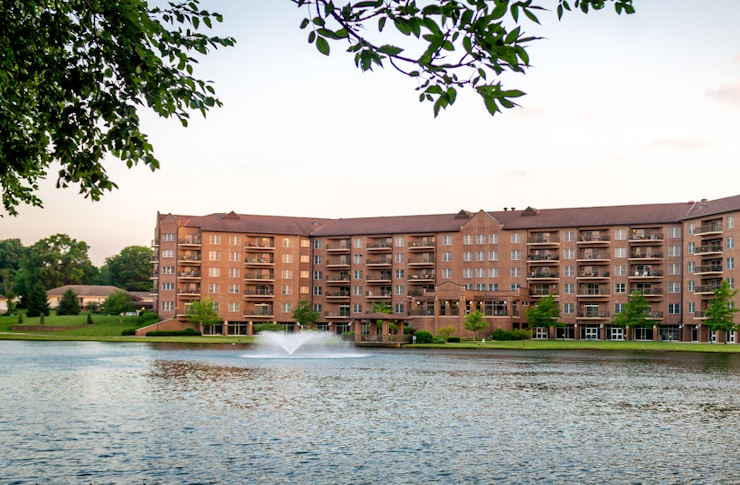Unveiling the Hidden Gems: Secondary Cities in Real Estate Investment
Introduction: The real estate landscape is ever-changing, with markets shifting and investment opportunities arising in often overlooked areas. Secondary cities are one such area that is gaining traction among investors. This article delves into the allure of secondary cities, their current market trends, and the potential impact on the real estate industry.

The Emergence of Secondary Cities: A Historical Overview
Historically, major cities like New York, Los Angeles, and London have dominated the real estate market. However, in recent years, secondary cities - those that are smaller in size and population than the primary cities - have started to emerge as attractive alternatives. These cities, including places like Austin, Nashville, and Raleigh in the U.S., offer a unique blend of growth potential, affordability, and quality of life, making them increasingly attractive to both homebuyers and investors.
Current Market Trends: The Rise of Secondary Cities
The shift toward secondary cities is not a passing trend. Data reveals consistent growth in these markets over the past decade. For example, Nashville’s population has grown by nearly 10% since 2010, and its real estate market has seen correspondingly robust growth.
Moreover, the pandemic has accelerated this trend as more people seek affordable housing options and a better quality of life outside crowded metropolitan areas. The rise of remote work has also fueled this trend as employees are no longer tethered to expensive city centers.
The Advantages and Challenges of Investing in Secondary Cities
Investing in secondary cities comes with a unique set of advantages and challenges. On the positive side, these markets often offer more attractive price points and higher potential returns than their primary city counterparts. Additionally, demand in these markets is growing, fueled by demographic shifts and evolving consumer preferences.
However, investing in secondary cities also comes with challenges. These markets may not have the same level of infrastructure, amenities, or economic stability as primary cities. Therefore, investors need to conduct thorough research and due diligence before diving in.
Impact on Buyers, Sellers, and Investors
The rise of secondary cities has significant implications for buyers, sellers, and investors. For buyers, secondary cities offer more affordable housing options and potentially a better quality of life. For sellers, the increasing demand may drive up property values, leading to higher selling prices.
For investors, secondary cities present an opportunity to diversify their portfolio and potentially achieve higher returns. However, as mentioned earlier, investing in these markets also requires careful research and risk analysis.
Looking Forward: The Future of Secondary Cities in Real Estate
While the current market trends favor secondary cities, the future of these markets will depend on various factors, including economic growth, infrastructure development, and demographic shifts. However, given the current momentum, it’s safe to say that secondary cities will continue to play a crucial role in the real estate landscape.
In conclusion, while secondary cities may not have the same glitz and glamour as their primary counterparts, they offer a compelling investment proposition. As the real estate industry continues to evolve, keeping an eye on these emerging markets may provide exciting opportunities for savvy investors.




